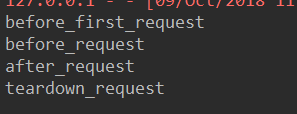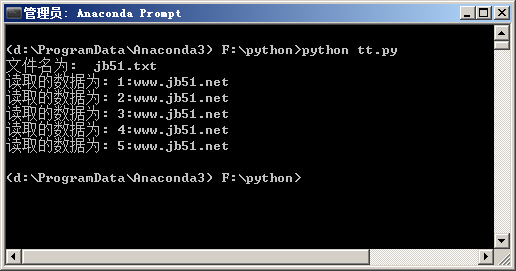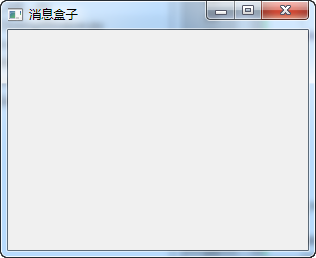python Jupyter运行时间实例过程解析
这篇文章主要介绍了python Jupyter运行时间实例过程解析,文中通过示例代码介绍的非常详细,对大家的学习或者工作具有一定的参考学习价值,需要的朋友可以参考下
1.Python time time()方法
import time
time_start=time.time()
time_end=time.time()
print('totally cost',time_end-time_start)
import time print "time.time(): %f " % time.time() print time.localtime( time.time() ) print time.asctime( time.localtime(time.time()) )
以上实例输出结果为:
time.time(): 1234892919.655932 (2009, 2, 17, 10, 48, 39, 1, 48, 0) Tue Feb 17 10:48:39 2009
Python time time() 返回当前时间的时间戳(1970纪元后经过的浮点秒数)
参数:NA。
返回值:返回当前时间的时间戳(1970纪元后经过的浮点秒数)。
2.Jupyter Magic - Timing(%%time %time %timeit)
对于计时有两个十分有用的魔法命令:%%time 和 %timeit. 如果你有些代码运行地十分缓慢,而你想确定是否问题出在这里,这两个命令将会非常方便。
(1).%%time 将会给出cell的代码运行一次所花费的时间。
%%time import time for _ in range(1000): time.sleep(0.01)# sleep for 0.01 seconds output: CPU times: user 196 ms, sys: 21.4 ms, total: 217 ms Wall time: 11.6 s
(2).%time 将会给出当前行的代码运行一次所花费的时间。
import numpy %time numpy.random.normal(size=1000) output: Wall time: 1e+03 µs
(3)%timeit 使用Python的timeit模块,它将会执行一个语句100,000次(默认情况下),然后给出运行最快3次的平均值。
import numpy %timeit numpy.random.normal(size=100) output: 12.8 µs ± 1.25 µs per loop (mean ± std. dev. of 7 runs, 100000 loops each)
以上就是本文的全部内容,希望对大家的学习有所帮助,也希望大家多多支持【听图阁-专注于Python设计】。


